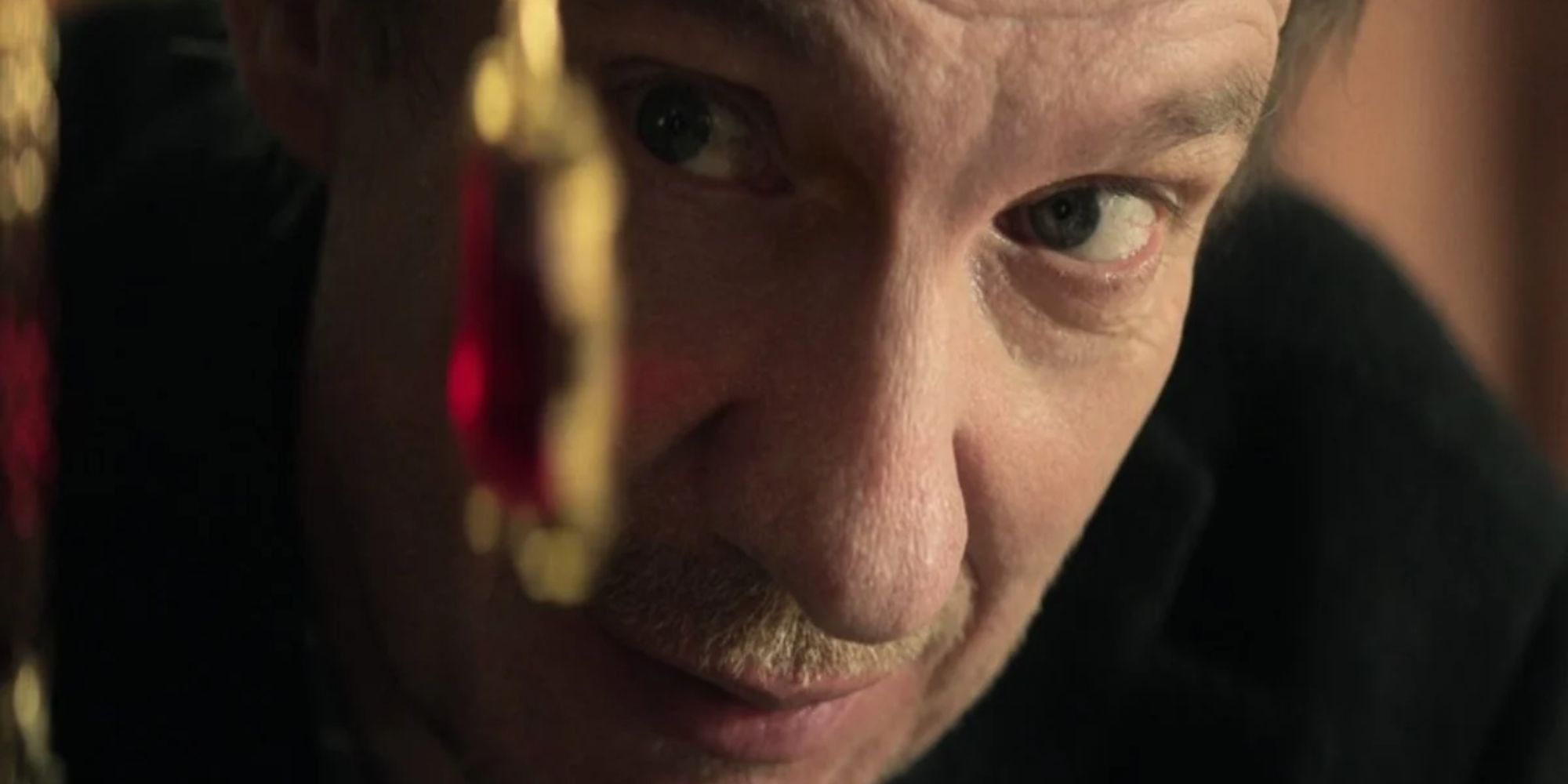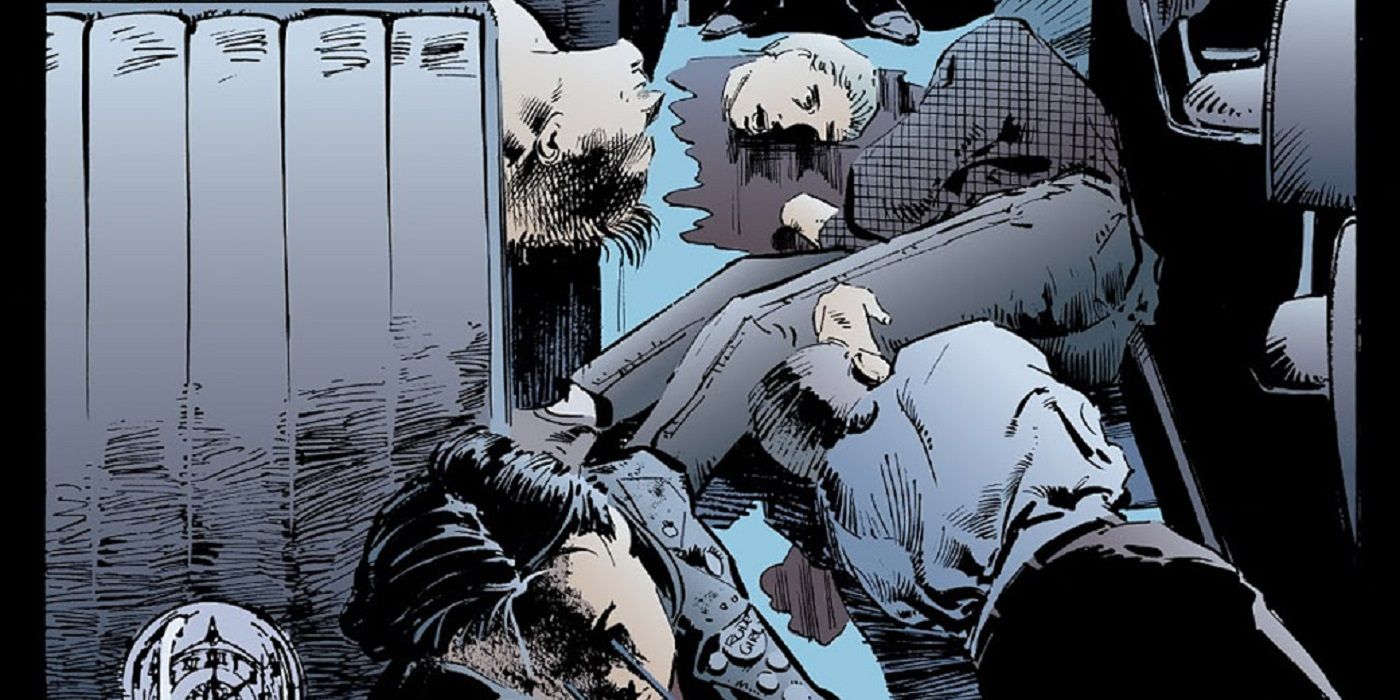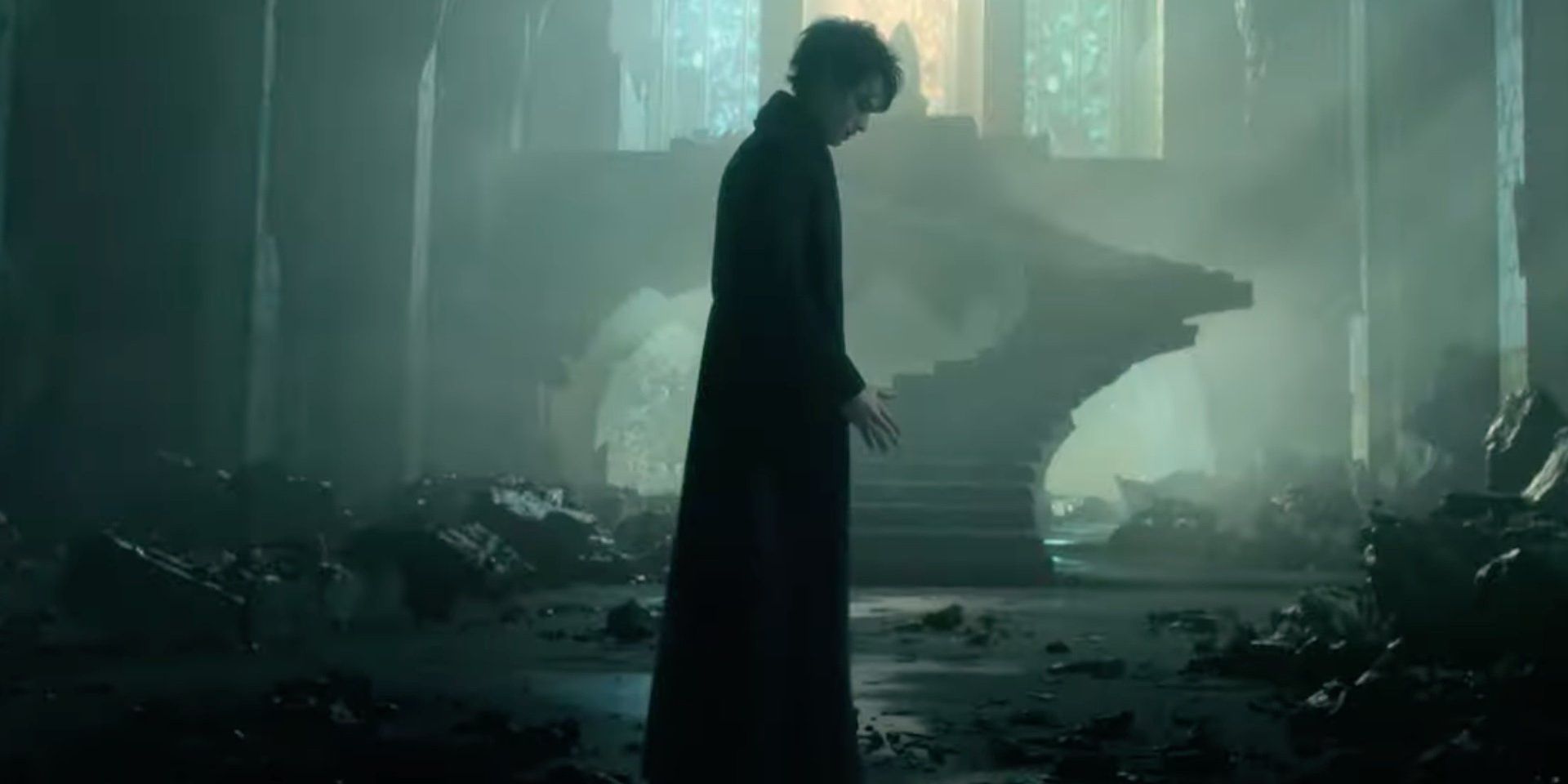There's a certain anxiety in the mind of every hardcore comic book fan every time a new adaptation of one of their favorite works is announced. Unlike adaptations of video games and anime, there are a ton of good and bad examples to give fans a stirring cocktail of hope and dread.
It took a long time to get Neil Gaiman's iconic 1989 comic book series The Sandman to the screen. Multiple butchered attempts at a feature film led to a scrapped HBO series which finally resulted in the note-perfect version fans can now enjoy on Netflix. One of the first things fans heard about the series before release was that its fifth episode would be quite an experience.
Released April 25, 1989, "24 Hours" was the sixth issue of The Sandman ever to be published. Written by Neil Gaiman and drawn by the series' best-known artist Mike Dringenberg. It stands out as one of the most viscerally dreadful pieces of art ever conveyed by the comic book page. It comes near the end of the series' first collection Preludes and Nocturnes, and it serves as the darkest moment for that early chapter of the comic. The series is known for bending genre and playing with a variety of interesting storytelling devices. "24 Hours" is the first and best-known horror story in The Sandman.
It's a fairly simple premise; John Dee, an escaped patient from Arkham Asylum has modified Dream's powerful ruby for his own use. He stops at a small 24-hour diner and uses it to gradually warp reality, turning the people inside into his playthings. What follows is an intense descent into sex and violence, culminating in the death of everyone present as Dream appears, too late to save their lives. The rest of the world is also stated to be undergoing abject chaos, but the perspective stays tight, depicting the deeply human suffering of a handful of people in the wrong place at the wrong time.
The most interesting thing about "24 Hours" isn't all the horrible stuff that the diner's patrons do to one another. It's the fact that each person in the establishment feels absolutely real. They're fully realized characters with rich internal lives and layers of depth to their individual stories. It's horror at its most relatable. No giant monster, no mad killer, no malevolent spirit. It's just a bunch of regular people dealing with their own struggles forced to do the worst things one could imagine to each other. The Netflix adaptation had a lot of great material to pull from and some massive expectations to live up to.
The adaptation of "24 Hours" comes in the fifth episode of the Netflix series, entitled "24/7". The premise is the same, but the execution is notably different. Each of the characters reappears, but there are new layers to their presentation. Even John Dee, who is depicted as a power-crazed madman in the comic, gets a new purpose in the series. Like a lot of things in the series, Dee is tied into the larger DC Comics universe in a way that doesn't come up in the show. He's better known as recurring Justice League villain Doctor Destiny and his typical appearance is withered and skeletal. This iteration, portrayed with aplomb by David Thewlis, wouldn't spark any concern to the average observer. Dee's a fairly nihilistic character in the original comic, but his stated goal in the Netflix series is to create a world free from lies. He discovers, to his delight, that a world run by absolute truth is a nightmare without hope.
"24/7" is, in many ways, less explicit than its source material. Elements are toned down in favor of other ones, the tension builds to a much slower boil, and Dee sitting at the counter eating ice cream adds a brilliant look into his psyche as things get worse. Some accused the original "24 Hours" of relying too heavily on shock value or feeling unearned by the larger story. "24/7" solves this problem without sacrificing any of the tension. The horror of mankind's hidden grim desire still plays out without restraint, but every character retains their humanity, even through the darkest moments. It's more mature, yet more horrific.
"24/7" is a masterclass in finding what mattered in the source material before crafting an adaptation. From the note-perfect recreation of the slow-burn horror to the newfound depth of the episode's villain, it's an elevation of the text that can only be gained by an author reexamining their own work. The Sandman nails the tension of "24 Hours", just as it nails the uplifting power of "The Sound of Her Wings". While it accomplishes the latter by directly scripting many of its most iconic moments, "24/7" changes a ton of the source material for the better. Future adaptations of comic books need to take notes because if there's one thing The Sandman knows, it's how to tell a story.



